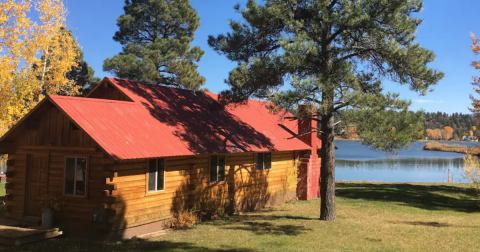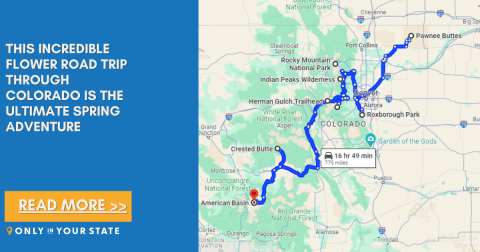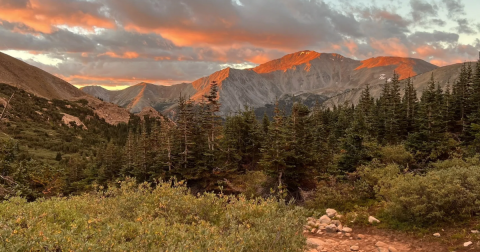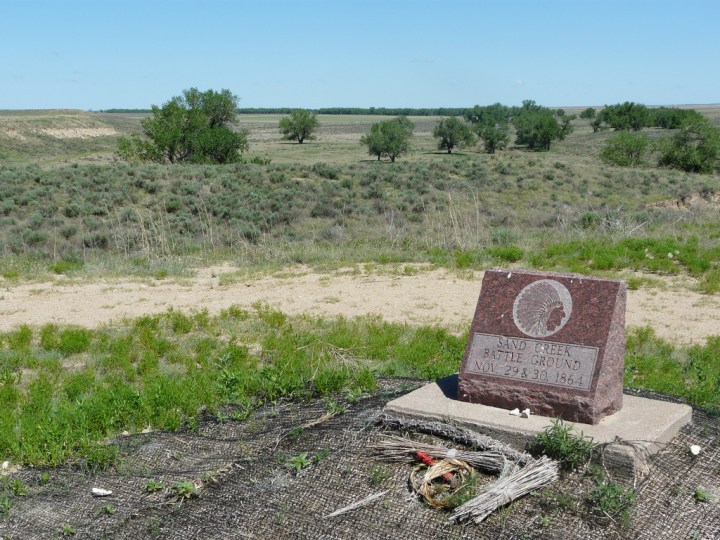The Deadly History Of This Colorado Site Is Terrifying But True
It is no secret that Colorado is home to a number of unique parks and National Historic Sites… but the story behind this one National Historic Site in particular may come as a surprise to some, as it is home to one of the bloodiest and most haunting massacres in Colorado history. Welcome to the Sand Creek Massacre National Historic Site in Kiowa County.



The year was 1864. Tensions between white settlers and Native Americans were at an all-time high due to territorial disputes as well as the recent murders of Cheyenne Indians in neighboring Kansas. Due to this, the native Plains Indians were invited to a safe area by then-governor John Evans, which many accepted. However, with this came tribal members who refused to leave their homes, which would in turn lead to this historic massacre.
It was on November 29th when nearly 700 men from the Colorado Territory militia (under the command of John M. Chivington) completely blind sighted the area Cheyenne and Arapaho Native Americans by ransacking their village and killing/mutilating somewhere between 70-160 men, women, and children. The killings were unfathomable. As reported by Major Anthony of the New York Tribune, “There was one little child, probably three years old, just big enough to walk through the sand. The Indians had gone ahead, and this little child was behind, following after them. The little fellow was perfectly naked, traveling in the sand. I saw one man get off his horse at a distance of about seventy-five yards and draw up his rifle and fire. He missed the child. Another man came up and said, ‘let me try the son of a b-. I can hit him.’ He got down off his horse, kneeled down, and fired at the little child, but he missed him. A third man came up, and made a similar remark, and fired, and the little fellow dropped.”
The slaughter of these villages changed the course of Colorado history, leading the haunting and historic location to be named a National Historic Site in 2007.
OnlyInYourState may earn compensation through affiliate links in this article. As an Amazon Associate, we earn from qualifying purchases.






